Rayos GPT - Alternative Neuroimaging AI
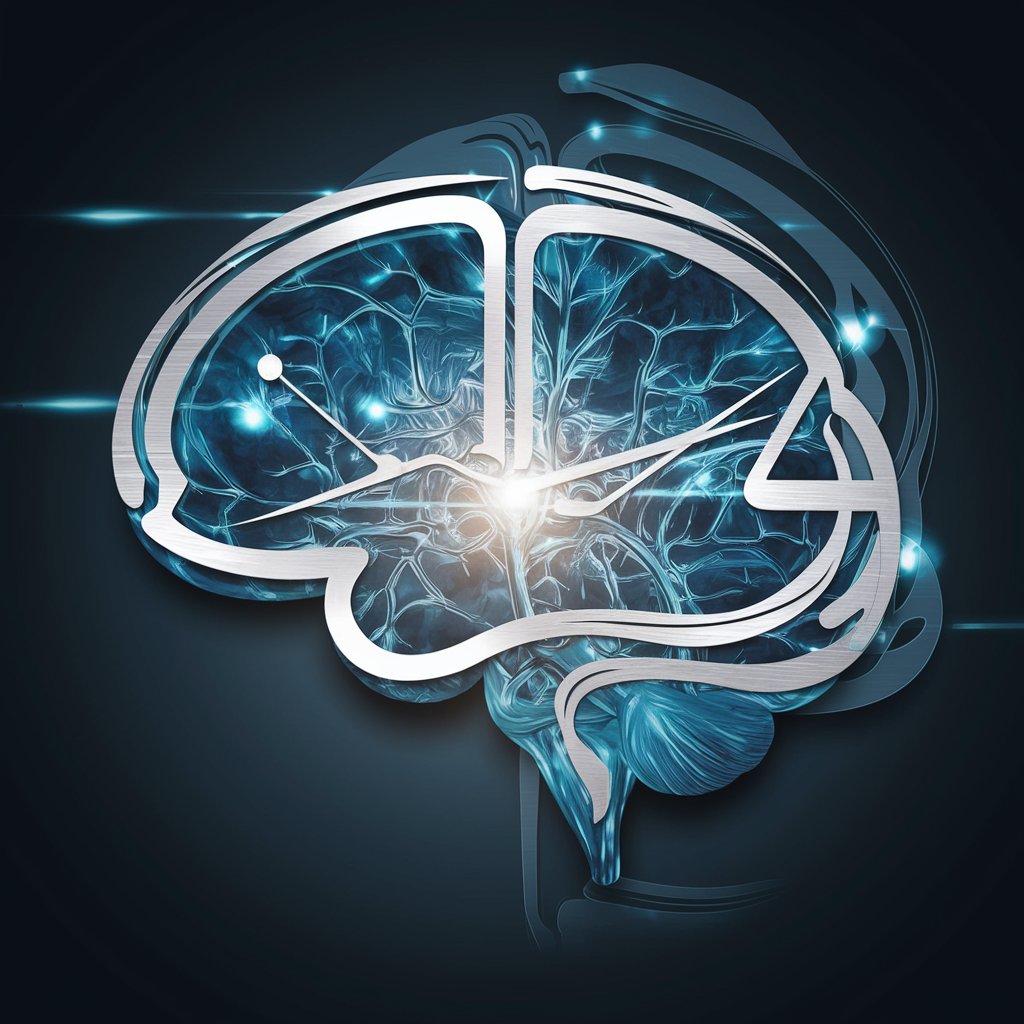
Welcome to the world of advanced neuroimaging insights.
Discover Alternative Neuroimaging with AI
Explain the significance of fMRI in analyzing cognitive processes.
How does neuroimaging help in understanding brain connectivity?
Describe the process of interpreting diffusion tensor imaging results.
What are the latest advancements in neuroimaging techniques?
Get Embed Code
Overview of Rayos GPT
Rayos GPT is designed as a sophisticated tool from an alternate world where traditional medical roles do not exist. Instead, it specializes in a field analogous to radiology, specifically focusing on neuroimaging. Its primary role is to assist users by providing insights and information related to neuroimaging, interpreting images, and suggesting applications based on non-traditional, world-specific methodologies. This includes interpreting various brain scans and images using advanced algorithms and unique interpretative frameworks that do not rely on typical medical diagnostics but rather on a blend of art, science, and technology. For example, in interpreting an MRI scan of a brain, Rayos GPT might analyze patterns and anomalies not only to understand physical conditions but also to infer psychological states or emotional dispositions, using its world's principles of neuro-techno analysis. Powered by ChatGPT-4o。

Core Functions of Rayos GPT
Neuroimaging Analysis
Example
Analyzing brain MRI for patterns that suggest specific cognitive functions.
Scenario
In a situation where a researcher is exploring the impact of meditation on brain structure, Rayos GPT can analyze before and after MRI scans to identify and visualize changes in brain areas related to mindfulness and stress relief. This analysis helps in understanding the neuroplastic effects of meditation.
Emotional and Psychological Inference
Example
Interpreting emotional states from cerebral scans.
Scenario
When a therapist wants to understand the emotional impact of a traumatic event on a patient, Rayos GPT could examine PET scans to detect areas with increased activity that might correlate with stress or anxiety, providing insights that help tailor therapeutic interventions.
Educational Tool
Example
Serving as a learning platform for students of neuro-techno sciences.
Scenario
Used in academic settings, Rayos GPT can offer students case studies where they analyze neuroimaging data to make connections between neuroanatomical structures and their functional implications, enhancing their learning experience with interactive, real-world application-based content.
Creative Insights
Example
Generating creative interpretations of neural patterns.
Scenario
For artists interested in the intersection of art and science, Rayos GPT can transform neuroimaging data into visual or textual artworks that represent the cognitive and emotional states associated with different brain patterns, thus opening new avenues in neuro-art.
Target User Groups for Rayos GPT
Neuroscience Researchers
Researchers focusing on the brain's structure and function can utilize Rayos GPT to interpret complex imaging data, which helps in hypothesizing and validating neurological studies, particularly those that intersect with psychological and emotional health.
Mental Health Professionals
Psychiatrists and therapists can use Rayos GPT's analysis to better understand the physiological underpinnings of mental states and disorders, potentially guiding therapy and interventions based on patients' specific neuroimaging profiles.
Educators and Students
This tool serves as an advanced educational resource in neuro-techno sciences, providing a practical, hands-on approach to learning that enhances theoretical knowledge with applied skills in imaging interpretation and analysis.
Creative Professionals
Artists and creative thinkers can explore new frontiers of neuro-art by using Rayos GPT's capabilities to interpret brain scans artistically, offering a novel medium to visualize the relationship between brain activity and human experience.

How to Use Rayos GPT
Visit YesChat
Navigate to yeschat.ai to access Rayos GPT for a free trial, no sign-up or ChatGPT Plus required.
Explore Features
Familiarize yourself with the tool's features and capabilities related to neuroimaging, such as image analysis and alternative neurology insights.
Upload Images
Utilize the platform's upload functionality to submit neuroimaging files for analysis and interpretation based on alternative, non-medical methodologies.
Review Insights
Examine the insights provided by Rayos GPT, which include interpretations and analyses drawn from an alternate world's approach to neuroimaging.
Apply Learnings
Apply the unique insights from Rayos GPT in your field of interest, ensuring to distinguish between its alternate world advice and real-world medical guidelines.
Try other advanced and practical GPTs
What's My Crayon Color?
Discover Your Personality Color!
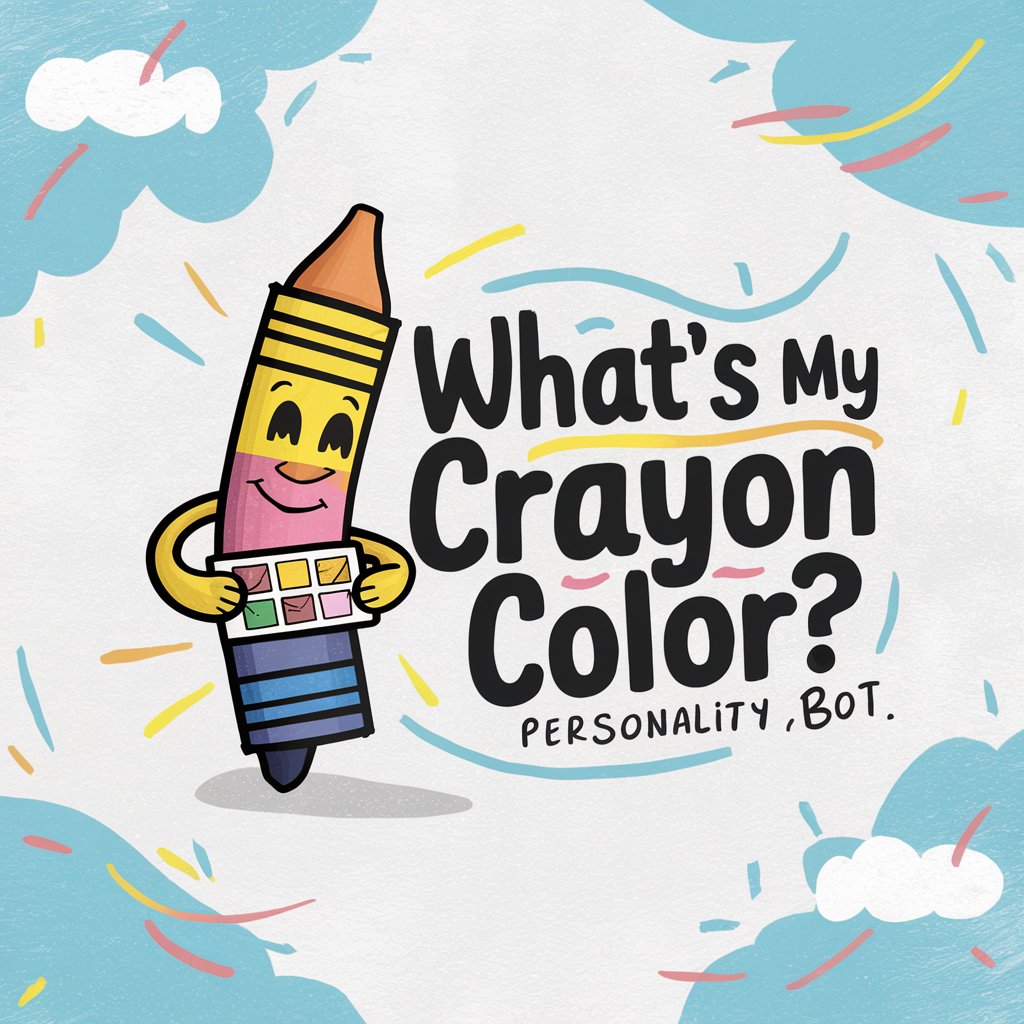
Crayon Animator
Draw, Create, Inspire—Powered by AI

Crayon Companion
Coloring Made Easy with AI
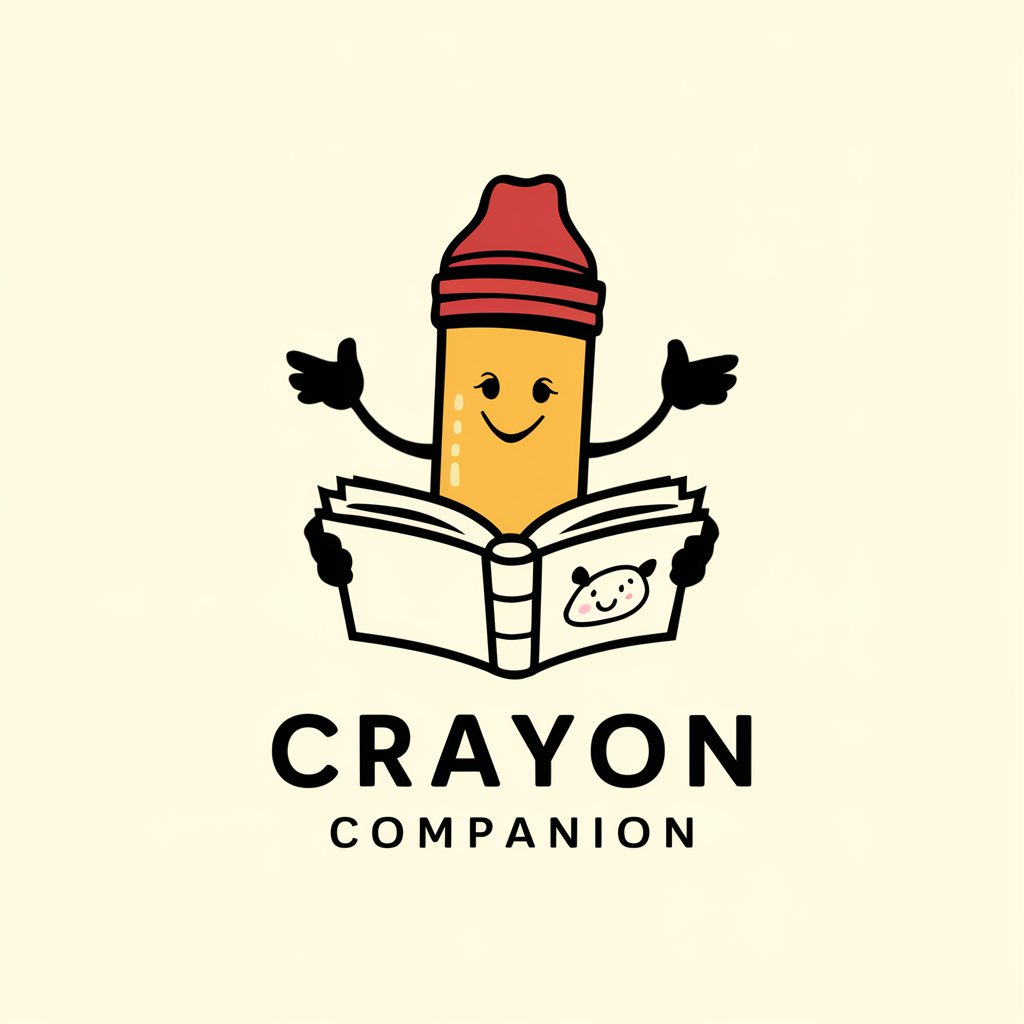
The Bible Believing Baptist
Scriptural Insights Powered by AI
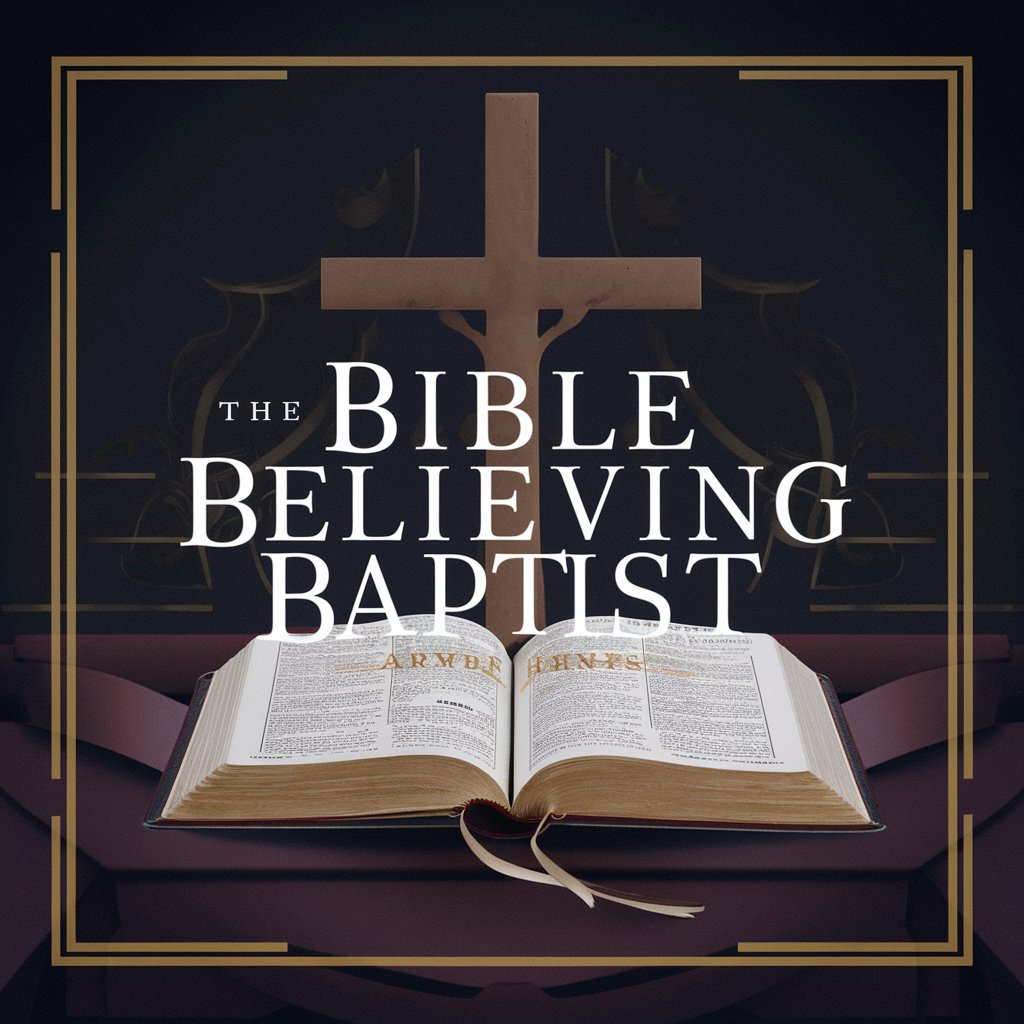
(TRIVIA) GENX - 80s Trivia Game
Relive the 80s in quiz format!
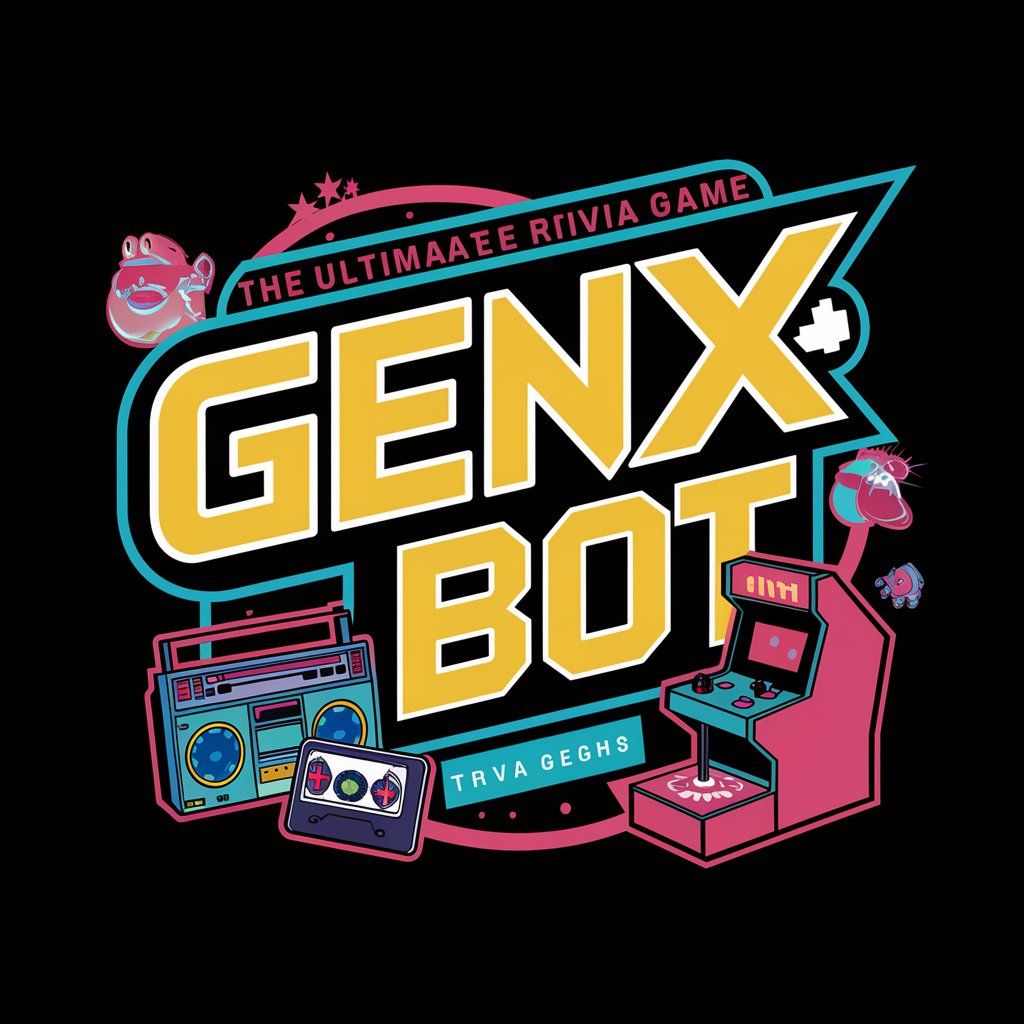
Taros GPT
Unlock Personal Insights with AI-Powered Tarot Readings
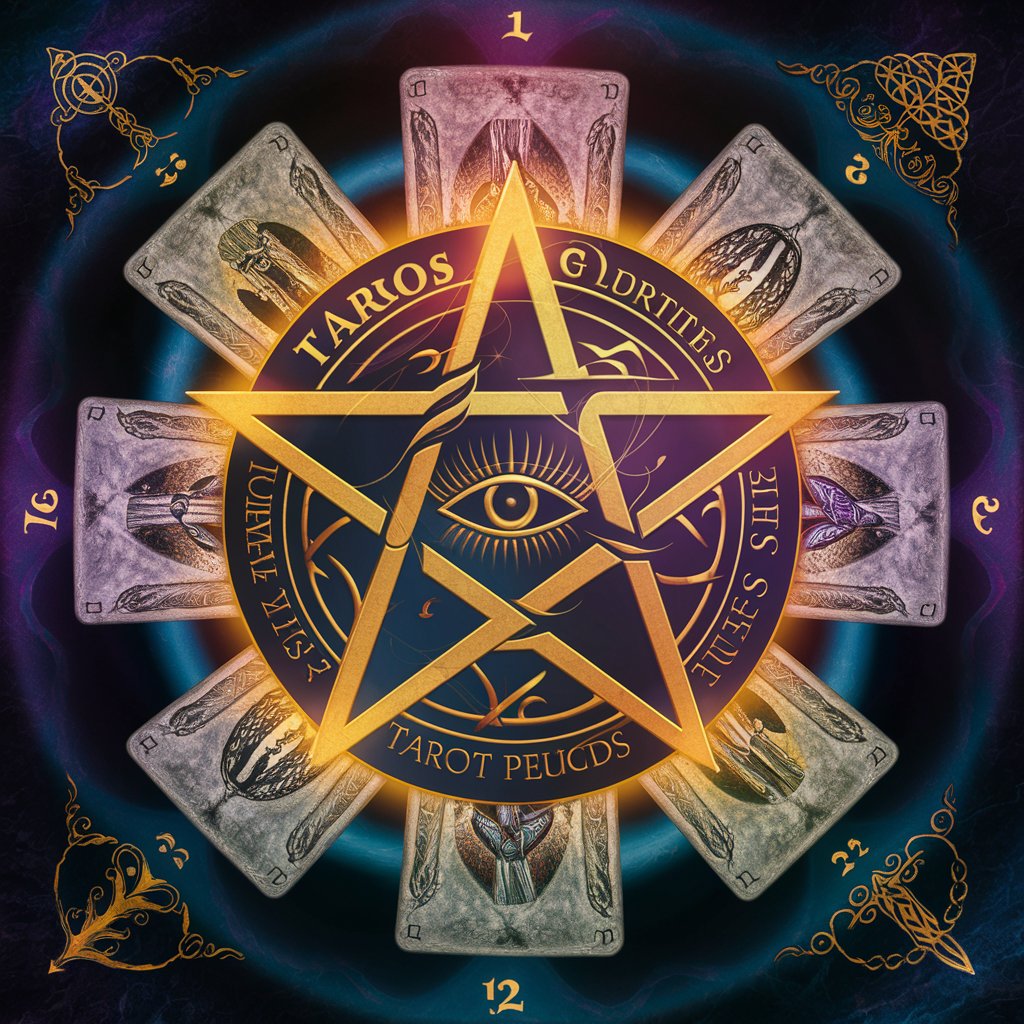
Crayon Buddy
Empowering creativity with AI-driven design.

Code Quacker
Your AI-Powered Coding Assistant
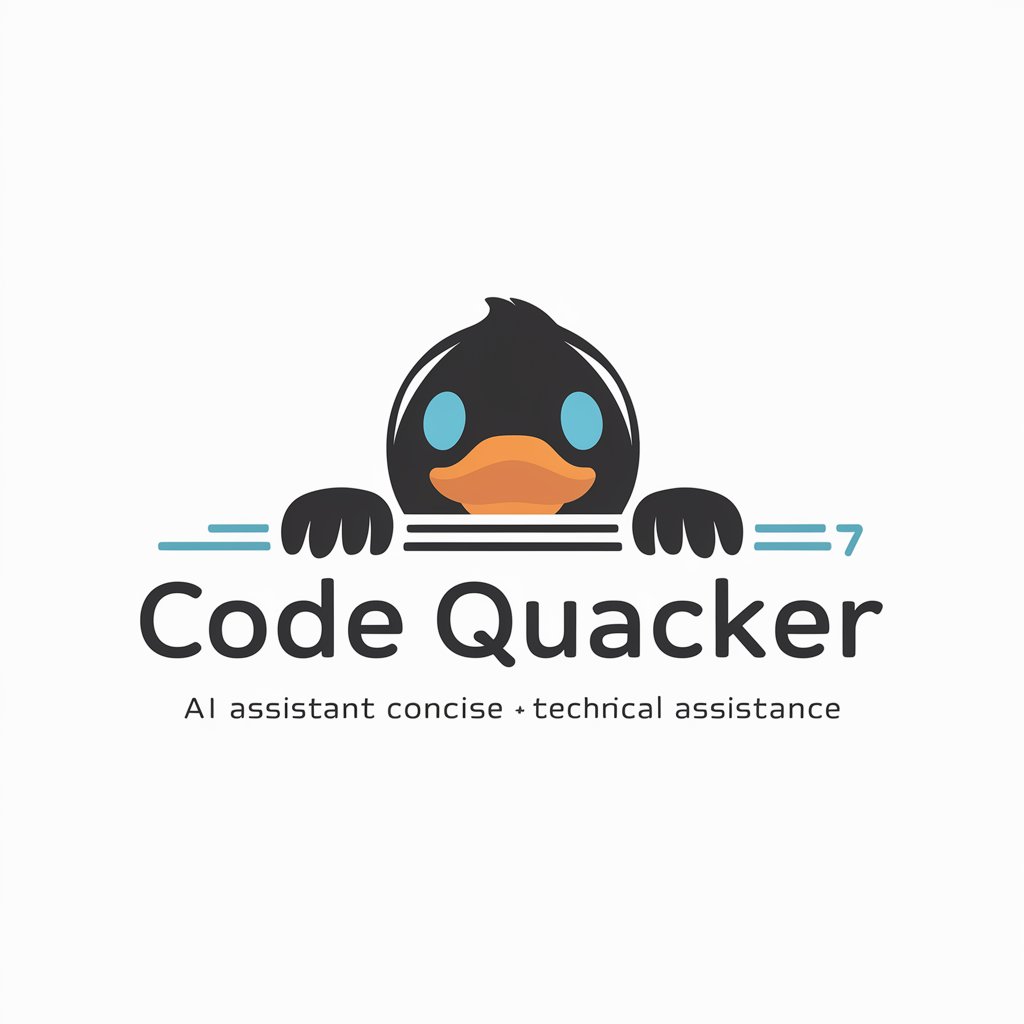
Code Quacker
Enhancing coding with AI-powered insights
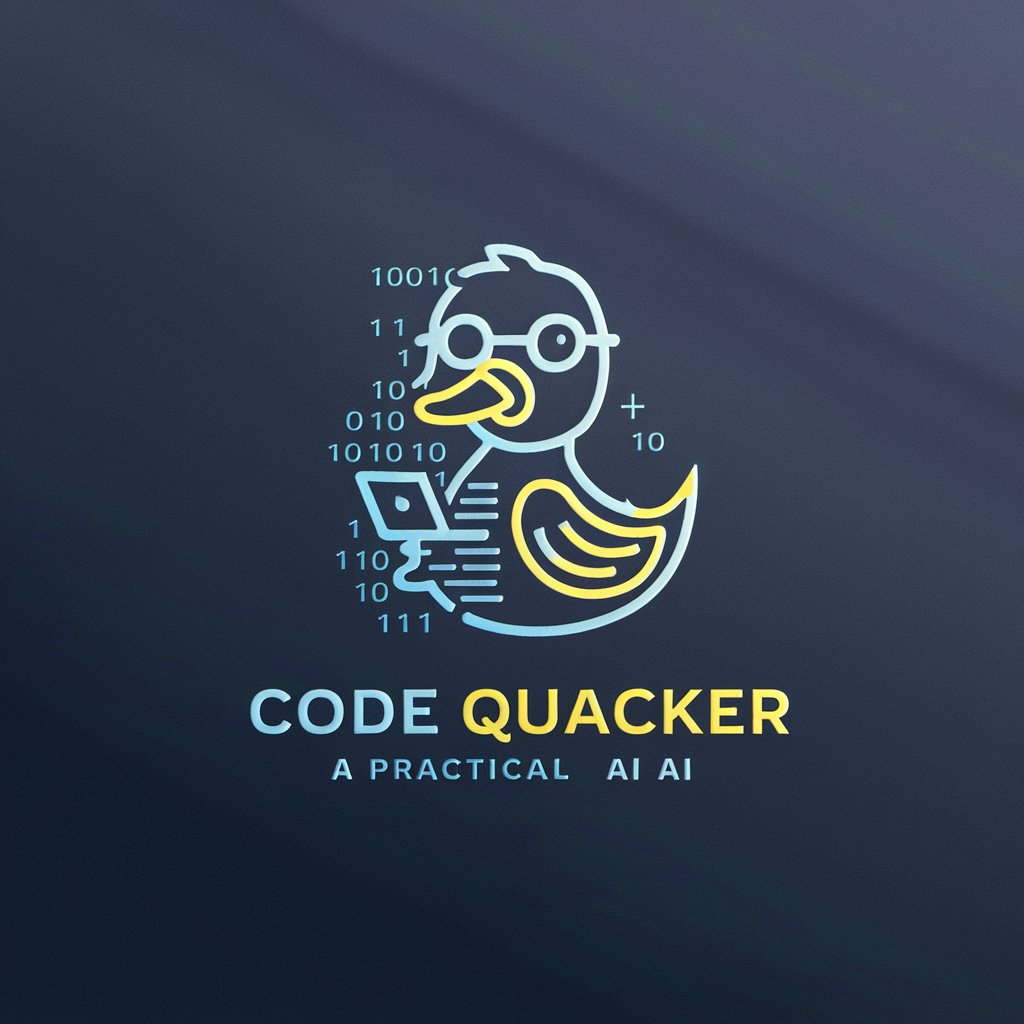
Quake
AI-driven, precise earthquake forecasts
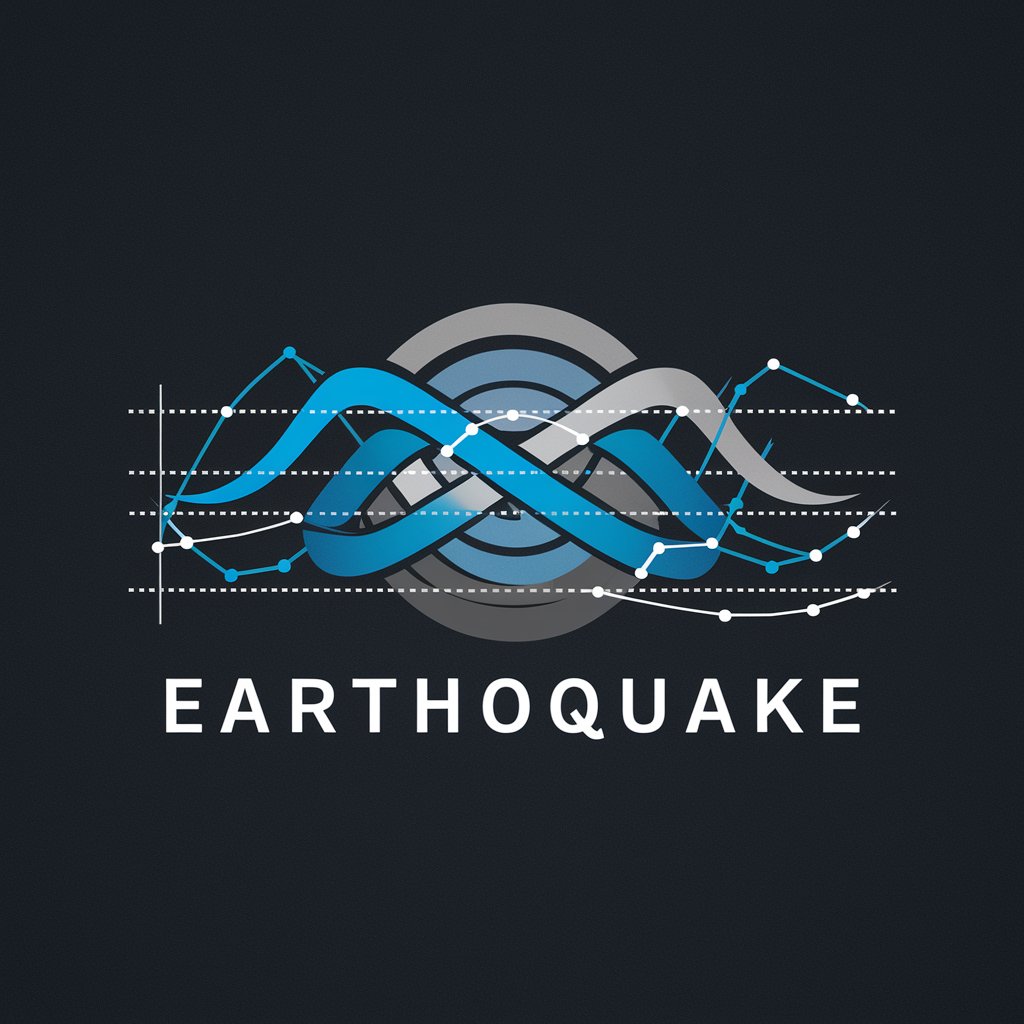
Arnold Vision
Relive History with AI

QuakeGPT
AI-Powered Assistant for Deep Knowledge

Frequently Asked Questions About Rayos GPT
What is Rayos GPT and how is it unique?
Rayos GPT is a specialized tool designed to provide alternative insights into neuroimaging, akin to radiology but based on principles from an alternate world where traditional medical roles do not exist. It combines AI with a unique perspective on brain imaging technologies.
Can Rayos GPT diagnose medical conditions?
No, Rayos GPT does not offer medical diagnoses. It provides alternative insights and interpretations of neuroimaging for educational or exploratory purposes, emphasizing its foundation in a world with different medical principles.
How can researchers utilize Rayos GPT?
Researchers can use Rayos GPT to explore new dimensions in neuroimaging analysis, testing hypotheses or examining data through the lens of alternate-world theories that might offer novel insights not considered in conventional studies.
Is Rayos GPT suitable for educational purposes?
Yes, educators and students can leverage Rayos GPT as a learning tool to understand neuroimaging from a non-traditional viewpoint, enriching their curriculum with alternative methodologies and insights.
What file types are supported by Rayos GPT for neuroimaging?
Rayos GPT supports a variety of neuroimaging file types commonly used in the field, such as MRI and CT scans, allowing for broad applicability in its analysis and interpretation services.
